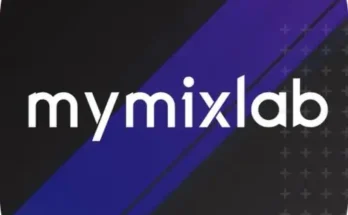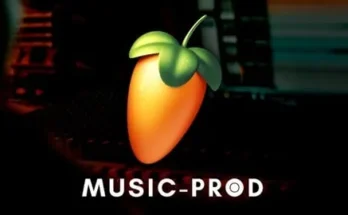Learn the principles of sound design and synthesis by mastering Native Instruments’ Massive
Requirements:
It’ll be useful to have a DAW such as Logic, Cubase, FL Studio, etc. But it’s not necessary
Content
1. WELCOME
1. Welcome to the Course! (01:47)
2. Getting to Know Your New Favorite Synth
1. The User Interface (06:27)
2. Navigation Presets (04:45)
3. Menus and Sections (02:54
4. Faders and Knobs (02:37)
5. Macro Controls (06:01)
6. Signal Flow (04:17)
7. Bypass Section (04:35)
3. Diving into Synthesis OSCILLATORS
1. Understanding and Building Wavetable Oscillators (10:45)
2. Feedback (08:11)
4. Deeper into Synthesis FILTERS
1. Filters: An Overview (03:11)
2. Filter Routing (05:37)
3. Filter Types (11:01)
5. Modulation Assignments
1. Modulation Overview (05:54)
2. Envelopes Overview (24:03)
3. Envelopes Application (16:24)
4. Low Frequency Oscillators Overview (08:38)
5. LFOs Application (15:01 )
6. Stepper Overview (06:25)
7. Stepper Application (14:45)
8. Performer Overview (06:39)
9. Performer Application (16:34)
6. The Center Window General Pages
1. The Oscillator Page (09:38)
2. The Keytracking Oscillator Page (05:21)
3. The Keytracking Filter Page (07:10)
4. The Voicing Page (11:14)
5 The Routing Page (03:31)
6. The Global Page (13:52)
7. Inserts and Master Effects
1. Insert Routing (02:56)
2. Inserts (08:55)
3. Master FX (08:21)
8. Sound Design Applied
1. Classic Analog Bass (16:49)
2. Sub Bass (07:56)
3. Wobble Bass (14:53)
4. Trance Lead (14:32)
5. Tempo-Synced Percussive Synth ( 08:00)
6. Sync Lead (14:43)
7. Soundscape (11:09)
8. Morphing Pad (10:16)
9. Electro Drum Loop (26:41)
10. Kick Drum (19:31)
11 Snare Drum (09:47)
12. Clap (08:59)
13. Hi Hat (08:47)
14. Using Automation to Control Parameters over Time (13:48)
9. THE END!
1. BONUS: Thank You and Next Steps (00:54)
1. Welcome to the Course! (01:47)
2. Getting to Know Your New Favorite Synth
1. The User Interface (06:27)
2. Navigation Presets (04:45)
3. Menus and Sections (02:54
4. Faders and Knobs (02:37)
5. Macro Controls (06:01)
6. Signal Flow (04:17)
7. Bypass Section (04:35)
3. Diving into Synthesis OSCILLATORS
1. Understanding and Building Wavetable Oscillators (10:45)
2. Feedback (08:11)
4. Deeper into Synthesis FILTERS
1. Filters: An Overview (03:11)
2. Filter Routing (05:37)
3. Filter Types (11:01)
5. Modulation Assignments
1. Modulation Overview (05:54)
2. Envelopes Overview (24:03)
3. Envelopes Application (16:24)
4. Low Frequency Oscillators Overview (08:38)
5. LFOs Application (15:01 )
6. Stepper Overview (06:25)
7. Stepper Application (14:45)
8. Performer Overview (06:39)
9. Performer Application (16:34)
6. The Center Window General Pages
1. The Oscillator Page (09:38)
2. The Keytracking Oscillator Page (05:21)
3. The Keytracking Filter Page (07:10)
4. The Voicing Page (11:14)
5 The Routing Page (03:31)
6. The Global Page (13:52)
7. Inserts and Master Effects
1. Insert Routing (02:56)
2. Inserts (08:55)
3. Master FX (08:21)
8. Sound Design Applied
1. Classic Analog Bass (16:49)
2. Sub Bass (07:56)
3. Wobble Bass (14:53)
4. Trance Lead (14:32)
5. Tempo-Synced Percussive Synth ( 08:00)
6. Sync Lead (14:43)
7. Soundscape (11:09)
8. Morphing Pad (10:16)
9. Electro Drum Loop (26:41)
10. Kick Drum (19:31)
11 Snare Drum (09:47)
12. Clap (08:59)
13. Hi Hat (08:47)
14. Using Automation to Control Parameters over Time (13:48)
9. THE END!
1. BONUS: Thank You and Next Steps (00:54)




